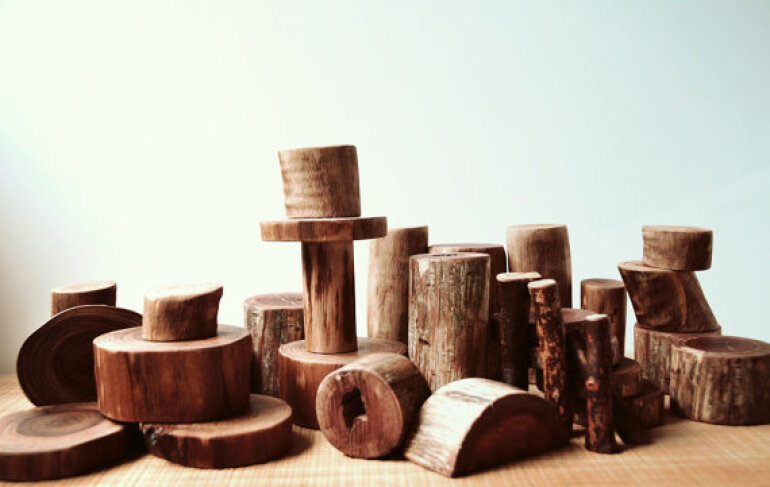News And Events

Block Play
14 December 2015The Early Childhood Education Curriculum, Te Whāriki, notes that supporting children in their transition to school “it is important to make opportunities for the young child to experience new challenges, co-operative ventures, and longer term projects. These experiences also help to meet their expanding capabilities and provide a smooth transition to school”. Providing blocks as a resource, children can engage in play that begins with an idea and results in a building, sculpture or game that children can made additions to, alter, and reorganise over a period of time.
Providing a surface that is clean, flat and free from obstructions, such as other toys and games, allows children the space and time to really engage with their project. Planning ahead to ensure the space used for blocks is not in a thoroughfare and safe from other play means children can leave their building project safely and return to it time and again.
Building, creating and sculpting can occur, not only using purpose-made wooden or plastic blocks, using materials such as river stones, cardboard boxes, off-cuts of building timber, paper towel rolls and anything that can be used for stacking and balancing. You can also provide materials to enhance this play such as pegs, wool, fabric, toy cars, leaves/flowers/bark, and toy animals.
Playing with blocks provides children with opportunities to:
- learn about gravity, stability, balance, weight, and trial and error
- understand shape, size, space, depth, width and height
- develop hand/eye co-ordination and muscles
- learn to plan and ask questions
- gain confidence in their own abilities
- learn to co-operate and share with others.
Blocks are great for the whole family to participate in, encouraging oral language as everyone shares their thoughts and ideas.


